In a bit of a long overdue move, both of the Kuala Lumpur International Airport’s terminals have been renamed to the more logical Terminal 1 and Terminal 2 designation.
When did this happen?
The decision to rebrand the terminals was first made public in February 2023, when Malaysian Transport Minister Anthony Loke announced that the Malaysian Government had agreed in principle to rebrand and rename KLIA’s terminals. The rebranding is part of the new Operating Agreement 2023 between the Malaysian Government and Malaysia Airports Holdings Berhad (MAHB), the public corporation running most Malaysian airports, and was paid for by MAHB.
At the time of the announcement, it was made clear that the rebranding exercise would take some time owing to the need to sort out the related administrative matters with the International Civil Aviation Organisation (ICAO) and the International Air Transport Association (IATA). Fast forward to this week, MAHB’s tweet on 8 June 2023 on the rebranding seems to indicate that all the necessary matters have been sorted out, which means we will start seeing more references to Terminal 1 and Terminal 2 in all KLIA related documentation.
Why is this happening?
KLIA first opened in 1998 with a single terminal complex made up of a central building (called the “Main Terminal Building”), and a cruciform-shaped satellite terminal connected to the MTB via a people mover system dubbed the “Aerotrain”. The new airport was built to replace the Subang International Airport, whose modernist terminal from 1965 was straining after 33 years of operation and significant growth in passenger traffic beyond its designed capacity.
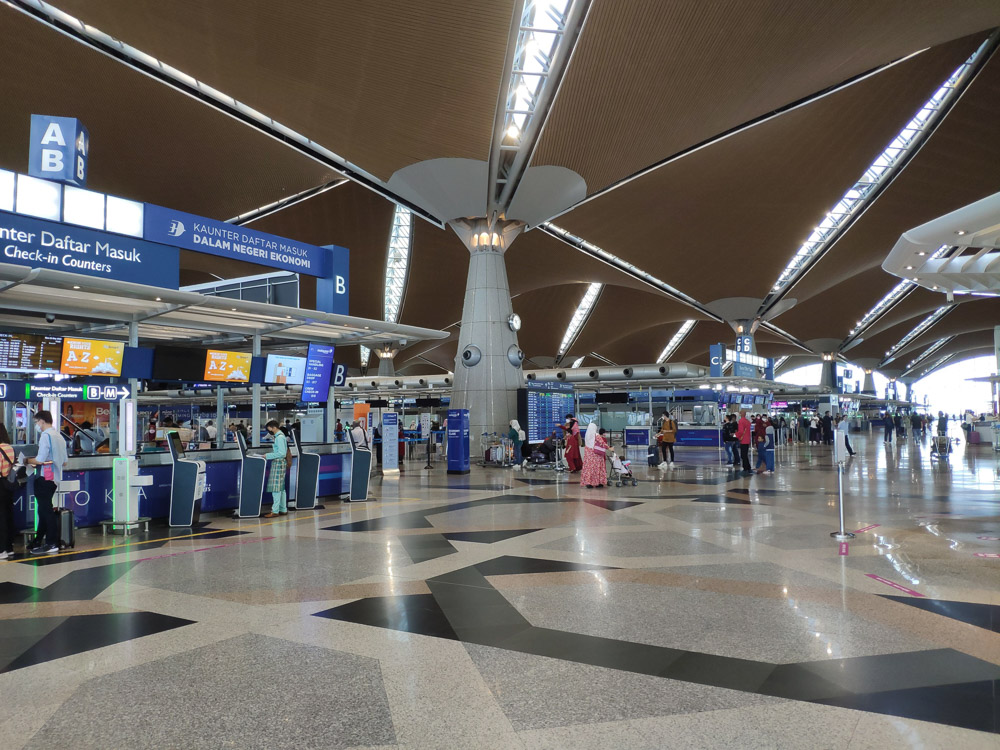
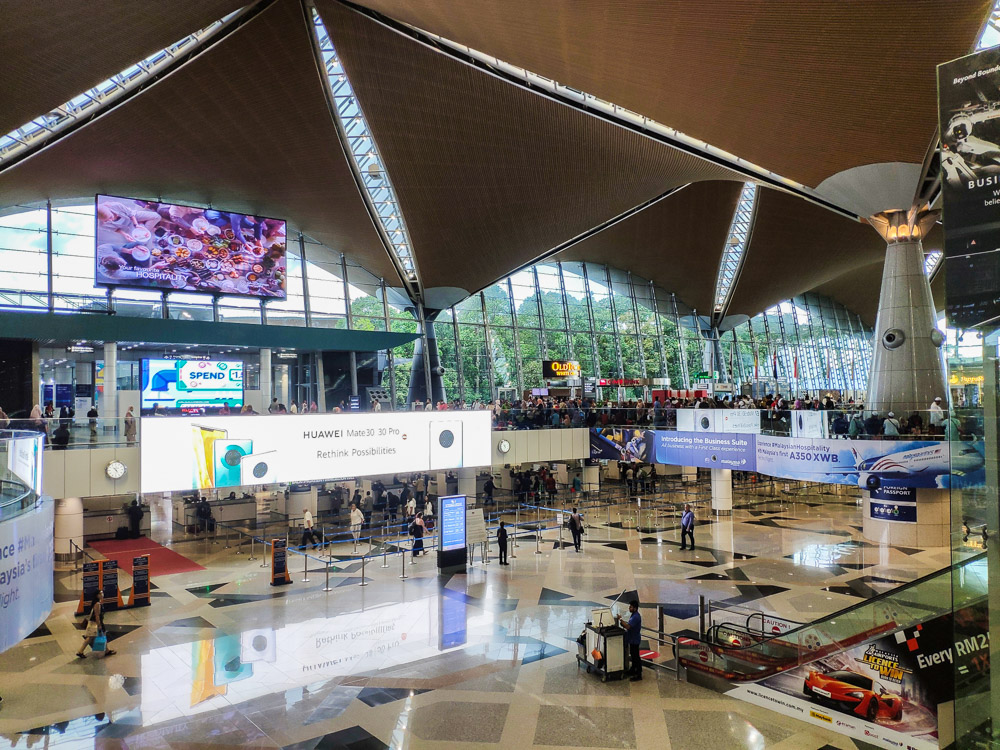
In late year 2010, the Malaysian Government broke ground for a new full sized terminal at KLIA dedicated to budget airlines, with homegrown AirAsia being the obvious anchor tenant. This terminal came to be officially branded “KLIA2”, and was completed and opened in May 2014.
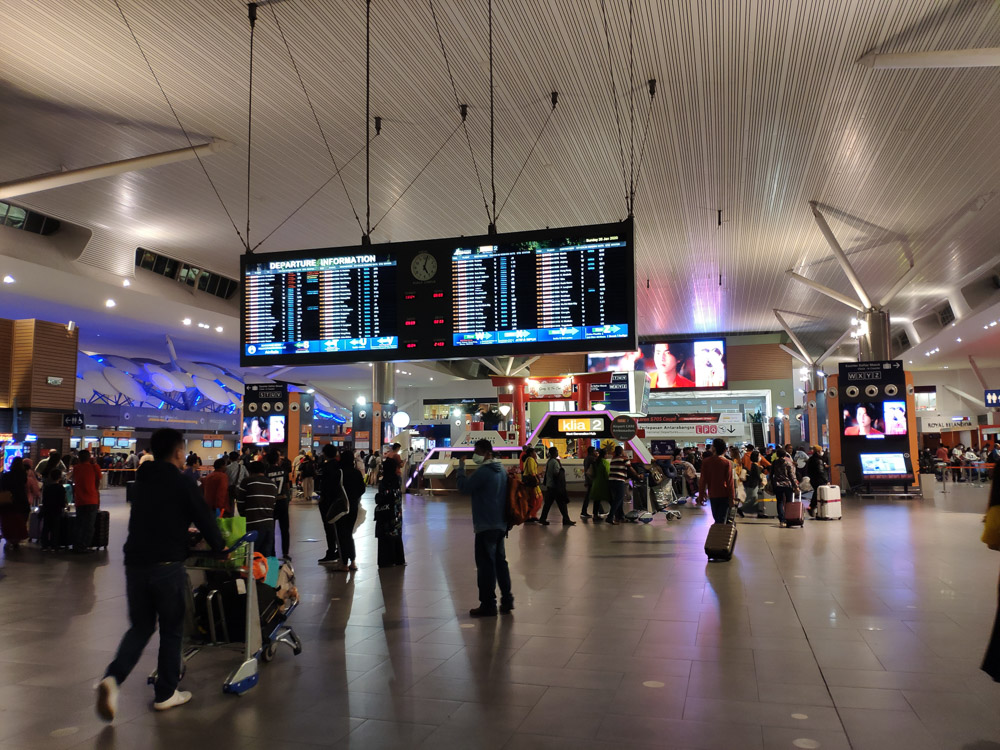
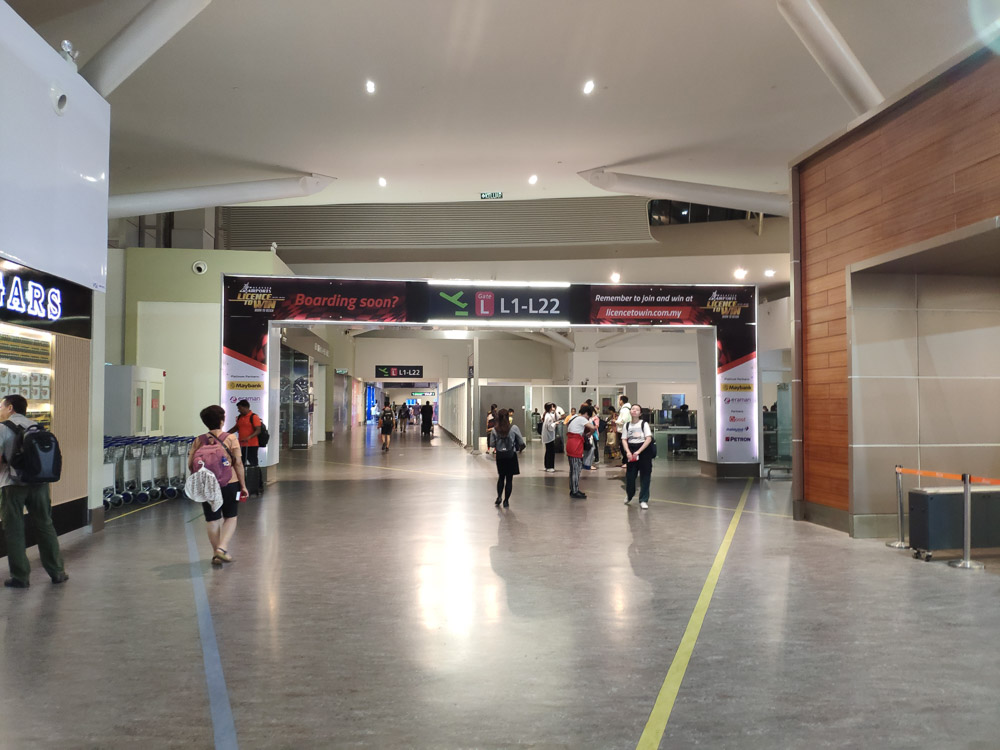
Now the brand “KLIA2” was, honestly, quite confusing. Using the Airport name + Number designation for KLIA2 implied that KLIA2 was a separate airport complex altogether from the existing one, even though the infrastructure was shared between the two terminals and the entire complex was still using the same IATA and ICAO designations of KUL and WMKK. Multiple airports around the world have more than 1 terminal and virtually all of them use the Terminal + Number designation for their terminals.
To make matters worse, the older part of KLIA was never officially rebranded to “KLIA1” either, meaning everyone kept referring to “KLIA” and “KLIA2”. The impression of separate airports was so enduring that it became common to hear Malaysians refer to both as separate airports altogether. Foreign visitors arriving into Kuala Lumpur also began asking whether their flights would be landing into “KLIA or KLIA2”, as airlines using “KLIA” issued tickets referring to either “KUL – Kuala Lumpur International Airport” or “ KUL – Terminal M”.
Why is rebranding to KLIA Terminal 1 & Terminal 2 a good thing?
Using the Terminal 1 and Terminal 2 designations reinforces the branding that there is only one KLIA, and two separate terminals. Airlines flying into KLIA can now communicate with certainty that they are either using Terminal 1 or Terminal 2. It creates a perceived closer relationship as opposed to the previous perception that KLIA and KLIA2 were separate airports.
For example, the thought of connecting between “Terminal 1 and Terminal 2” feels easier and more straightforward, whereas the thought of connecting between “KLIA and KLIA2” brings to mind perceptions of needing to make a long trek somewhere else via buses or taxis.
It might seem like a small and minor issue to some, but the impact of branding isn’t to be underestimated. Putting both terminals under the same umbrella branding enforces the idea that both terminals are equally part of the whole KLIA package, and at the same time allowing and/or prompting MAHB to synergise the operation of both terminals. Of course, all this could have been done even without a rebranding, but the rebranding hopefully changes up the psychology of it all for better.
What else needs to change
Now, it should be clear to anyone who has used both Terminals that both of them were built very differently from each other.
Terminal 1 was the original built back in 1998, at a time when premium legacy airlines ruled the world and budget airlines were mostly unheard of. With the then new airport taking up the mantle as the gateway to Malaysia, Terminal 1 was built to look good – high arched roofs with timber effect ceilings, shiny granite flooring, clean white panelling and a starlight-esque lighting arrangement.

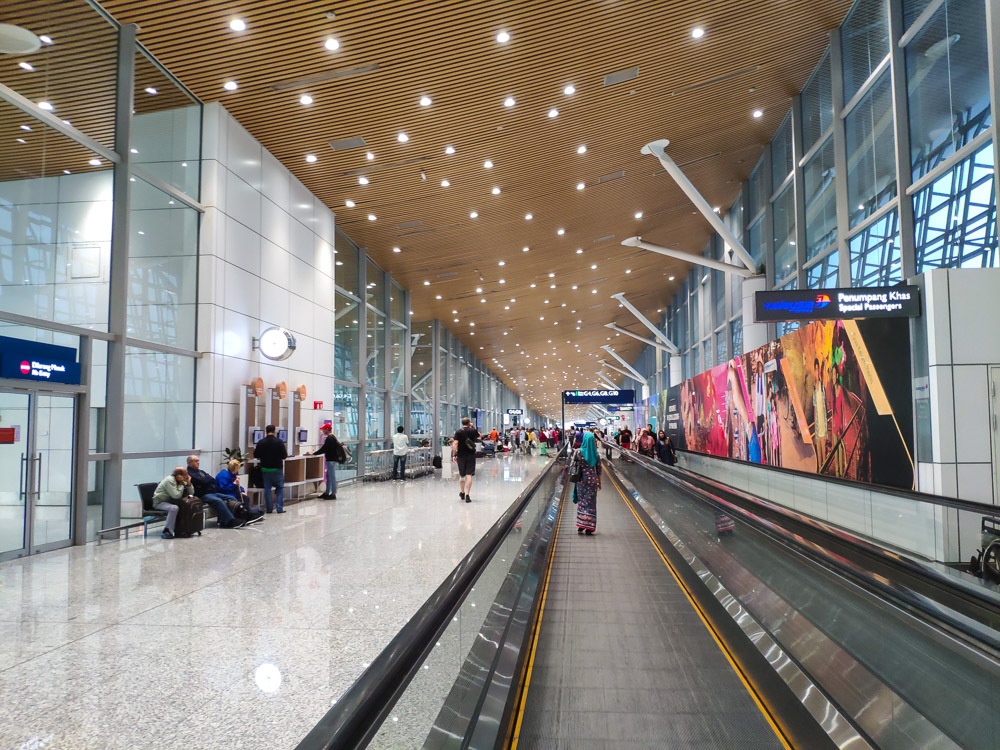
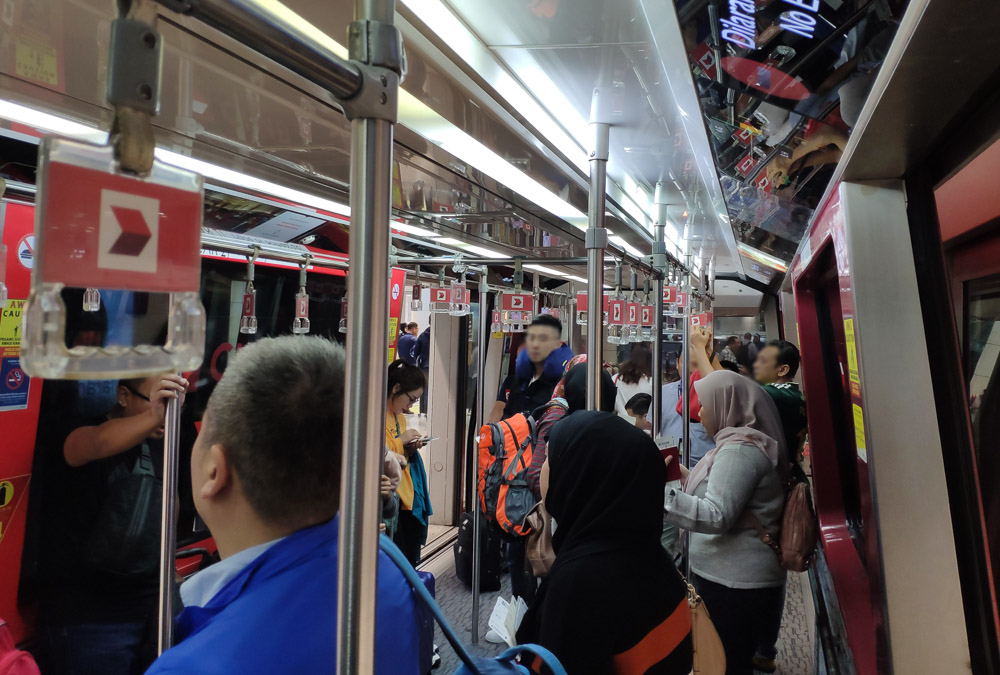
What it wasn’t built for was the explosive growth of airport retail, and Terminal 1 remains painfully limited in airside food and retail options compared to nearby peers like Singapore’s Changi Airport, and major hubs elsewhere like London’s Heathrow Airport and Dubai International Airport. This has led to complains here and there that KLIA Terminal 1 isn’t exactly a great place to transit in.
Terminal 2, on the other hand, was meant to do what Terminal 1 couldn’t – there was a huge emphasis on landside and airside retail, and it provided dedicated, less luxurious space for AirAsia, then arguably KUL’s largest airline. Being a budget airline, AirAsia emphasised fast turnarounds and high frequencies with less need for premium amenities, while the cheaper airfares theoretically meant that passengers had more to spend shopping at the airport. The design of Terminal 2 was clearly meant to allow MAHB to capitalise on airport retail revenues, and to allow Terminal 1 to focus wholly on premium legacy airlines that had a comparatively more relaxed pace of operations. This manifests itself in the form of a large mall – gateway@klia2 (or is it gateway@terminal2 now?), attached to the terminal proper, which all passengers have to walk through.
The problem with KLIA2/Terminal 2
Where Terminal 2 falls far short of Terminal 1 is the interior architecture and layout. The Terminal’s reliance on piers meant greatly increased walking distance for passengers from the check in counters. However, it appears that allocation for the necessary travelators was limited, and there was rush to install them after the Terminal was opened and complaints started coming in from people who had flights to catch at faraway gates. An obvious sign of this afterthought are the travelators in the bridge between both halves of the Terminal, where the travelators were installed on top of the flooring instead of level with the floors, requiring passengers to walk up a ramp to access the moving walkway instead of a more seamless level transition.
The internal layout of the piers are also, for lack of a better word, bizzare. With the exception of the domestic J gates and L gates, the 3 other piers and gate areas are structured in 2 levels – a departure level with retail outlets and utilities placed in the middle of the corridor between the 2 rows of boarding gates with passenger corridors on each side, and an international arrivals walkway located directly above this floor. The end result is 3 pier-fuls of narrow corridors, low ceilings, and a generally haphazard passenger flow for departing passengers.
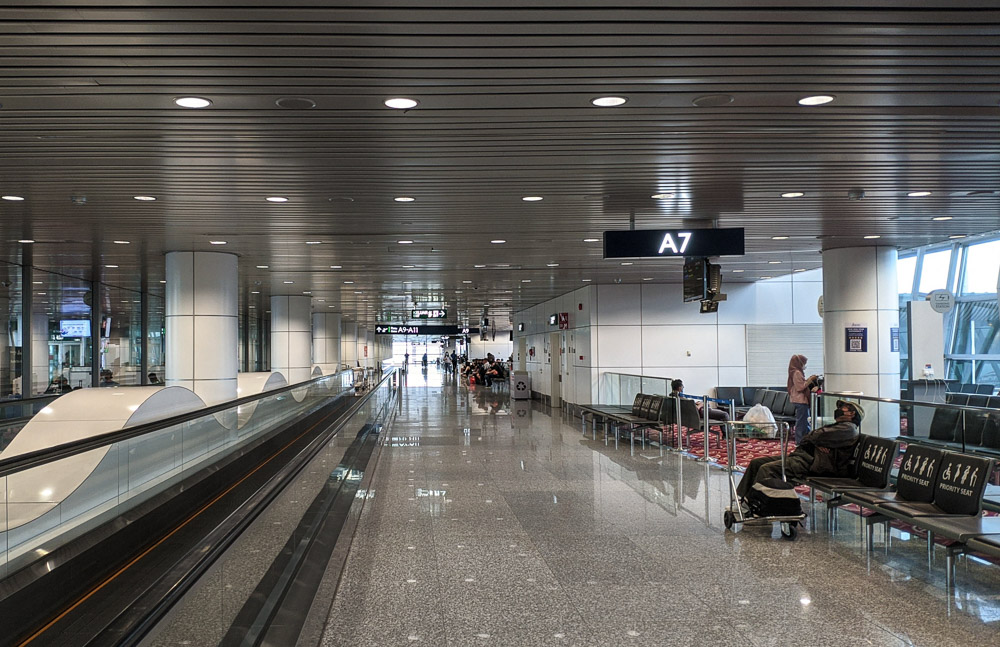
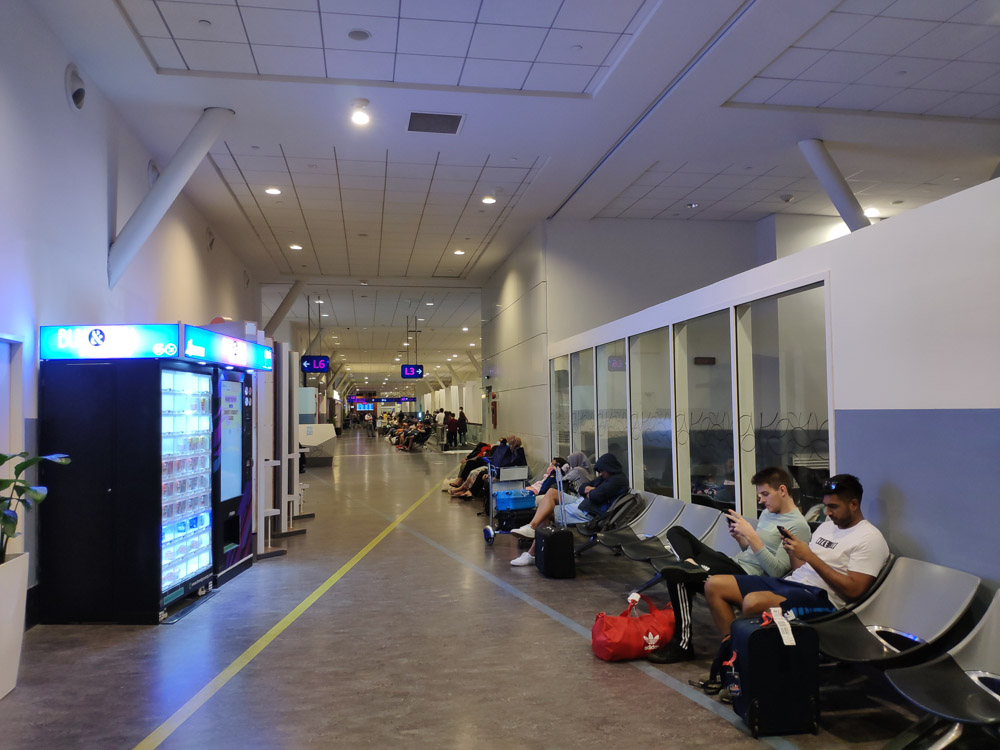
The arrivals experience also suffered from bad layouts. The arrival immigration counters were initially badly arranged in the designated space, forcing the passenger flow to split in 2 around a confined space and jamming the entire passenger flow coming from the gates. To add insult to injury, a nice and relatively expansive duty free shopping kiosk was then placed right after the arrival immigration counters. This meant that passengers not only had to turn at an odd angle to avoid the display of items, but there was also the sudden realisation that the immigration counters could have made use of the bigger space.
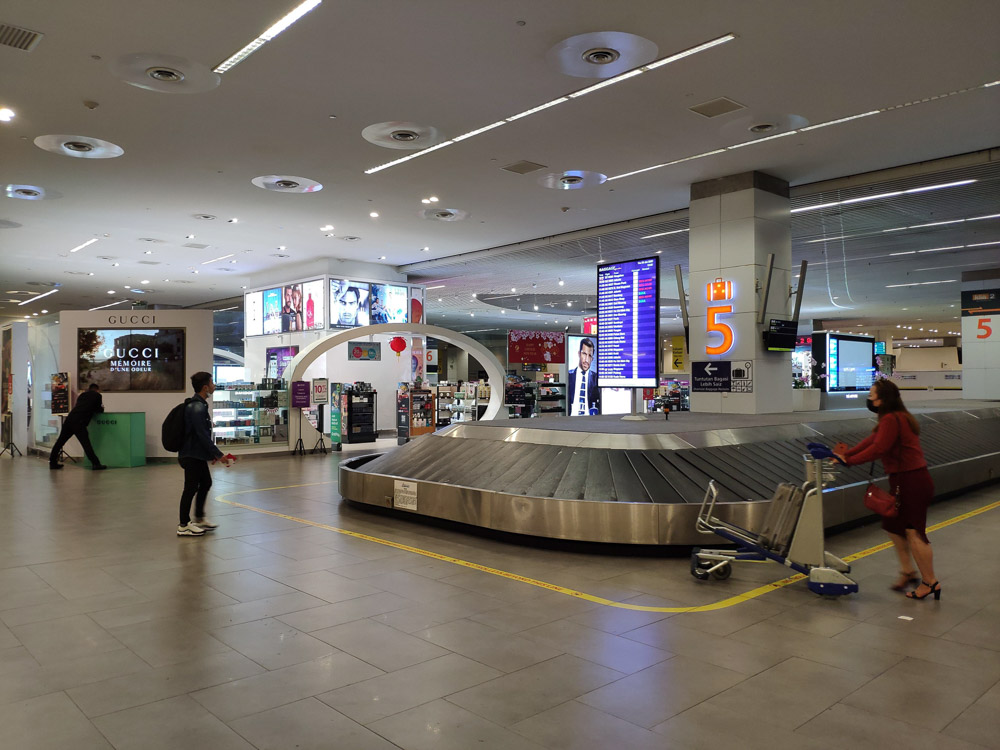
The issue with the arrivals immigration was fixed in early 2020, shortly before Covid-19 turned the world upside down. I had the opportunity of using the rearranged layout, and I have to say that it was actually pretty decent. Nevertheless, the rest of the terminal still needs some serious rearrangement to make the experience more pleasant for the throngs of passengers passing through daily.
No airside transfer
Oddly enough for a major airport, there is no airside transfer between KLIA’s Terminal 1 and Terminal 2. Passengers arriving in one terminal with a connecting flight in the other are forced to go through arrival immigration, collect their baggage, make the move to the other terminal by train or bus, and then repeat the entire check-in process again. This takes up a lot of time and obviously isn’t seamless by any measure, and means KLIA hilariously falls short of less nationally prominent airports like Manchester Airport, which does indeed offer airside terminal transfers by bus.
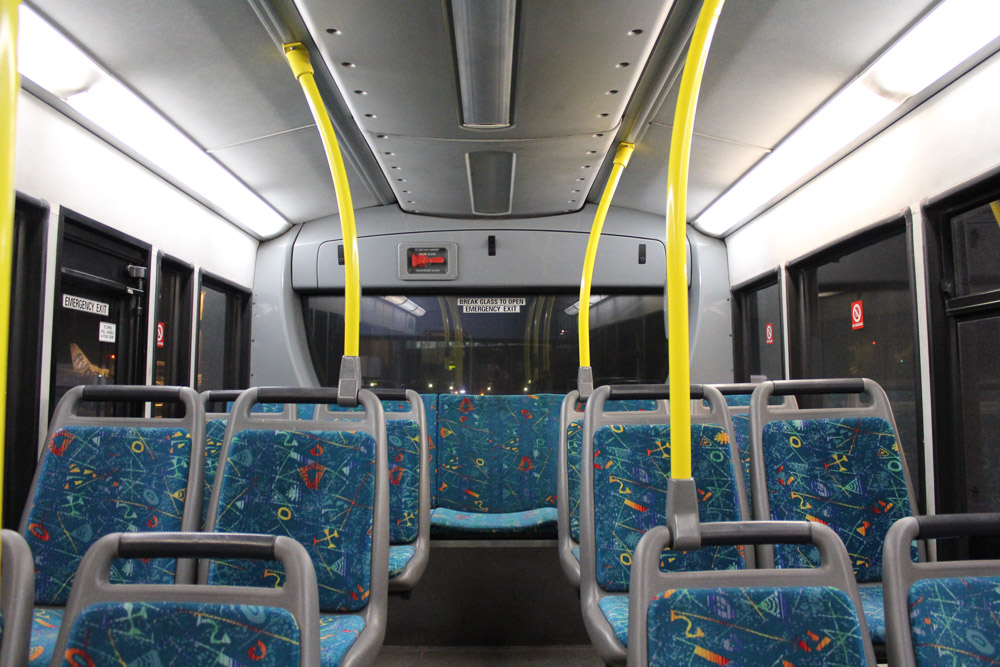
Final Thoughts
I do think the rebranding of KLIA’s terminals is a good idea, and frankly it was something that should have been done from the start. The challenge now is for MAHB to bring both Terminal 1 and Terminal 2 up to par with modern day standards and expectations of a major airport.

Leave a Reply